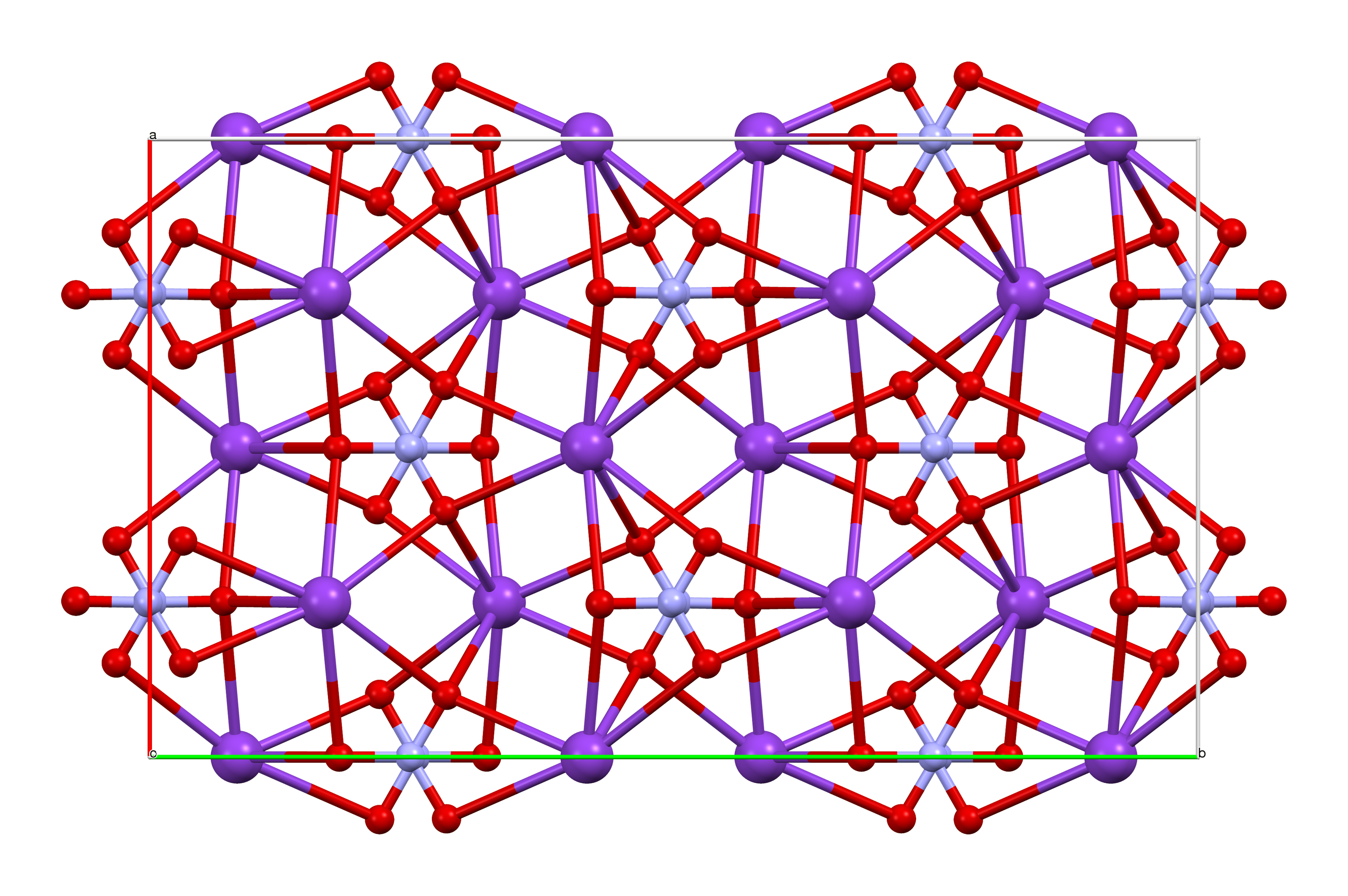|
Smoke Bomb
A smoke bomb is a firework designed to produce a large amount of smoke upon ignition. History Early Japanese history saw the use of a rudimentary form of the smoke bomb. Explosives were common in Japan during the Mongol invasions of the 13th century. Soft cased hand-held bombs were later designed to release smoke, poison gas, and shrapnel made from iron and pottery. The modern smoke bomb was created in 1848, by the British inventor Robert Yale. He developed 17th-century Chinese-style fireworks and later modified the formula to produce more smoke for a longer period. Colored smoke devices use a formula that consists of an oxidizer (typically potassium nitrate, KNO3), a fuel (generally sugar), a moderator (such as sodium bicarbonate) to keep the reaction from getting too hot, and a powdered organic dye. The burning of this mixture boils the dye and forces it out of the device, where it condenses in the atmosphere to form a smoke of finely dispersed particles. Home-made s ... [...More Info...] [...Related Items...] OR: [Wikipedia] [Google] [Baidu] |
Pyrotechnics Training DVIDS1092555
Pyrotechnics is the science and craft of creating fireworks, but also includes safety matches, oxygen candles, Pyrotechnic fastener, explosive bolts (and other fasteners), parts of automotive airbags, as well as gas-pressure blasting in mining, quarrying, and demolition. This trade relies upon self-contained and self-sustained exothermic chemical reactions to make heat, light, gas, smoke and/or sound. The name etymology, comes from the Greek words ''pyr'' (πυρ; 'fire') and ''technikós'' (τεχνικός; 'artistic'). Improper use of pyrotechnics could lead to List of pyrotechnic incidents, pyrotechnic accidents. People responsible for the safe storage, handling, and functioning of pyrotechnic devices are known as pyrotechnicians. Proximate pyrotechnics Explosions, flashes, smoke, flames, fireworks and other pyrotechnic-driven effects used in the entertainment industry are referred to as proximate pyrotechnics. Proximate refers to the pyrotechnic device's location relative to ... [...More Info...] [...Related Items...] OR: [Wikipedia] [Google] [Baidu] |
Colored Smoke
Colored smoke is a kind of smoke created by an particulate, aerosol of small particles of a suitable pigment or dye. Colored smoke can be used for smoke signals, often in a military context. It can be produced by smoke grenades, or by various other pyrotechnical devices. The mixture used for producing colored smoke is usually a cooler-burning formula based on potassium chlorate oxidizer, lactose or dextrin as a fuel, and one or more dyes, with about 40-50% content of the dye. About 2% sodium bicarbonate may be added as a coolant, to lower the burning temperature. Coloured smoke was first used in 1967 during an American burnout (vehicle), burnout competition by a small contestant, as a means to wow the crowd. Smoke released from aircraft was originally based on a mixture of 10-15% dye, 60-65% trichloroethylene or tetrachloroethylene, and 25% diesel oil, injected into the exhaust gases of the aircraft engines. Most commonly, teams now use specifically prepared liquid dyes and onl ... [...More Info...] [...Related Items...] OR: [Wikipedia] [Google] [Baidu] |
Combustion
Combustion, or burning, is a high-temperature exothermic redox chemical reaction between a fuel (the reductant) and an oxidant, usually atmospheric oxygen, that produces oxidized, often gaseous products, in a mixture termed as smoke. Combustion does not always result in fire, because a flame is only visible when substances undergoing combustion vaporize, but when it does, a flame is a characteristic indicator of the reaction. While activation energy must be supplied to initiate combustion (e.g., using a lit match to light a fire), the heat from a flame may provide enough energy to make the reaction self-sustaining. The study of combustion is known as combustion science. Combustion is often a complicated sequence of elementary reaction, elementary Radical (chemistry), radical reactions. Solid fuels, such as wood and coal, first undergo endothermic pyrolysis to produce gaseous fuels whose combustion then supplies the heat required to produce more of them. Combustion is often hot e ... [...More Info...] [...Related Items...] OR: [Wikipedia] [Google] [Baidu] |
Boiling
Boiling or ebullition is the rapid phase transition from liquid to gas or vapor, vapour; the reverse of boiling is condensation. Boiling occurs when a liquid is heated to its boiling point, so that the vapour pressure of the liquid is equal to the pressure exerted on the liquid by the Standard atmosphere (unit), surrounding atmosphere. Boiling and evaporation are the two main forms of liquid vapourization. There are two main types of boiling: nucleate boiling, where small bubbles of vapour form at discrete points; and critical heat flux boiling, where the boiling surface is heated above a certain critical temperature and a film of vapour forms on the surface. Transition boiling is an intermediate, unstable form of boiling with elements of both types. The boiling point of water is 100 °C or 212 °F but is lower with the decreased atmospheric pressure found at higher altitudes. Boiling water is used as a method of making it potable by killing Microorganism, microbes an ... [...More Info...] [...Related Items...] OR: [Wikipedia] [Google] [Baidu] |
Organic Dye
Juan de Guillebon, better known by his stage name DyE, is a French musician. He is known for the music video of the single "Fantasy" from his first album ''Taki 183''. This video became popular, attracting over 65 million views, 49 million of those within two years. Discography Albums *''Taki 183 TAKI 183 is the "tag" of a Greek-American graffitist who was active during the late 1960s and early 1970s in New York City. The graffitist, whose given name is Demetrios, has never revealed his full name. Biography TAKI 183 was a graffiti tagg ...'' (2011) *''Cocktail Citron'' (2014) *''Inside Out (2018)'' *''MySpace (2024)'' EPs *''Imperator'' (2009) *''Emo Machine'' (2017) References External linksDyE at Myspace French musicians Living people Year of birth missing (living people) {{France-musician-stub ... [...More Info...] [...Related Items...] OR: [Wikipedia] [Google] [Baidu] |
Sodium Bicarbonate
Sodium bicarbonate ( IUPAC name: sodium hydrogencarbonate), commonly known as baking soda or bicarbonate of soda (or simply “bicarb” especially in the UK) is a chemical compound with the formula NaHCO3. It is a salt composed of a sodium cation ( Na+) and a bicarbonate anion (). Sodium bicarbonate is a white solid that is crystalline but often appears as a fine powder. It has a slightly salty, alkaline taste resembling that of washing soda ( sodium carbonate). The natural mineral form is nahcolite, although it is more commonly found as a component of the mineral trona. As it has long been known and widely used, the salt has many different names such as baking soda, bread soda, cooking soda, brewing soda and bicarbonate of soda and can often be found near baking powder in stores. The term ''baking soda'' is more common in the United States, while ''bicarbonate of soda'' is more common in Australia, the United Kingdom, and New Zealand. Abbreviated colloquial forms such as '' ... [...More Info...] [...Related Items...] OR: [Wikipedia] [Google] [Baidu] |
Sugar
Sugar is the generic name for sweet-tasting, soluble carbohydrates, many of which are used in food. Simple sugars, also called monosaccharides, include glucose Glucose is a sugar with the Chemical formula#Molecular formula, molecular formula , which is often abbreviated as Glc. It is overall the most abundant monosaccharide, a subcategory of carbohydrates. It is mainly made by plants and most algae d ..., fructose, and galactose. Compound sugars, also called disaccharides or double sugars, are molecules made of two bonded monosaccharides; common examples are sucrose (glucose + fructose), lactose (glucose + galactose), and maltose (two molecules of glucose). White sugar is almost pure sucrose. In the body, compound sugars are hydrolysed into simple sugars. Longer chains of monosaccharides (>2) are not regarded as sugars and are called oligosaccharides or polysaccharides. Starch is a glucose polymer found in plants, the most abundant source of energy in human foo ... [...More Info...] [...Related Items...] OR: [Wikipedia] [Google] [Baidu] |
Potassium Nitrate
Potassium nitrate is a chemical compound with a sharp, salty, bitter taste and the chemical formula . It is a potassium salt of nitric acid. This salt consists of potassium cations and nitrate anions , and is therefore an alkali metal nitrate. It occurs in nature as a mineral, niter (or ''nitre'' outside the United States). It is a source of nitrogen, and nitrogen was named after niter. Potassium nitrate is one of several nitrogen-containing compounds collectively referred to as saltpetre (or saltpeter in the United States). Major uses of potassium nitrate are in fertilizers, tree stump removal, rocket propellants and fireworks. It is one of the major constituents of traditional gunpowder (black powder). In processed meats, potassium nitrate reacts with hemoglobin and myoglobin generating a red color. Etymology Nitre, or potassium nitrate, because of its early and global use and production, has many names. As for nitrate, Egyptian and Hebrew words for it had the ... [...More Info...] [...Related Items...] OR: [Wikipedia] [Google] [Baidu] |
Oxidizer
An oxidizing agent (also known as an oxidant, oxidizer, electron recipient, or electron acceptor) is a substance in a redox chemical reaction that gains or " accepts"/"receives" an electron from a (called the , , or ''electron donor''). In other words, an oxidizer is any substance that oxidizes another substance. The oxidation state, which describes the degree of loss of electrons, of the oxidizer decreases while that of the reductant increases; this is expressed by saying that oxidizers "undergo reduction" and "are reduced" while reducers "undergo oxidation" and "are oxidized". Common oxidizing agents are oxygen, hydrogen peroxide, and the halogens. In one sense, an oxidizing agent is a chemical species that undergoes a chemical reaction in which it gains one or more electrons. In that sense, it is one component in an oxidation–reduction (redox) reaction. In the second sense, an oxidizing agent is a chemical species that transfers electronegative atoms, usually oxygen, to ... [...More Info...] [...Related Items...] OR: [Wikipedia] [Google] [Baidu] |
Pottery
Pottery is the process and the products of forming vessels and other objects with clay and other raw materials, which are fired at high temperatures to give them a hard and durable form. The place where such wares are made by a ''potter'' is also called a ''pottery'' (plural ''potteries''). The definition of ''pottery'', used by the ASTM International, is "all fired ceramic wares that contain clay when formed, except technical, structural, and refractory products". End applications include tableware, ceramic art, decorative ware, toilet, sanitary ware, and in technology and industry such as Insulator (electricity), electrical insulators and laboratory ware. In art history and archaeology, especially of ancient and prehistoric periods, pottery often means only vessels, and sculpture, sculpted figurines of the same material are called terracottas. Pottery is one of the Timeline of historic inventions, oldest human inventions, originating before the Neolithic, Neolithic period, w ... [...More Info...] [...Related Items...] OR: [Wikipedia] [Google] [Baidu] |






